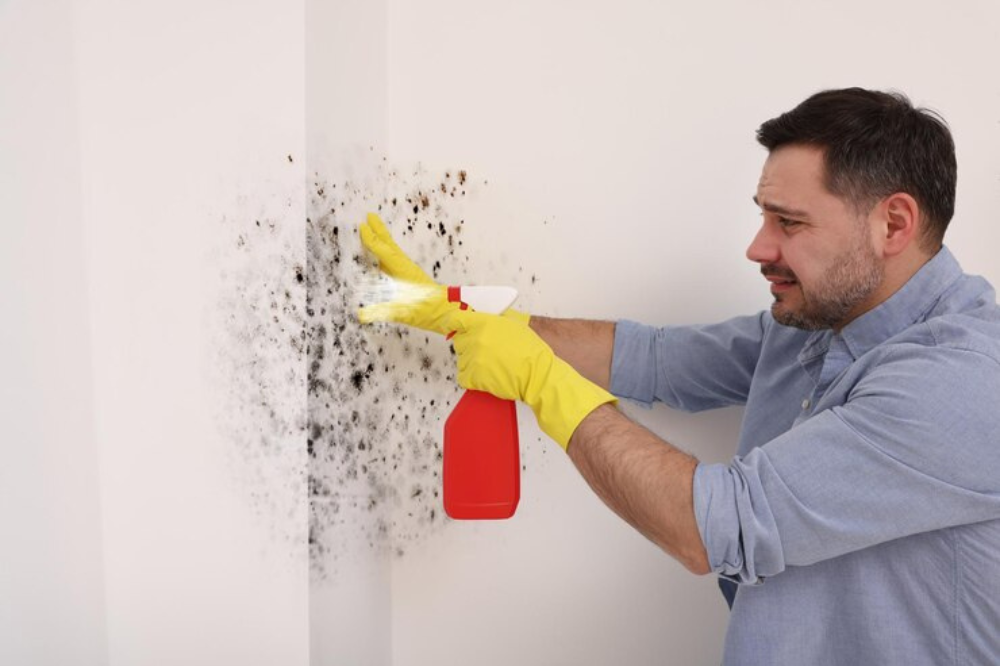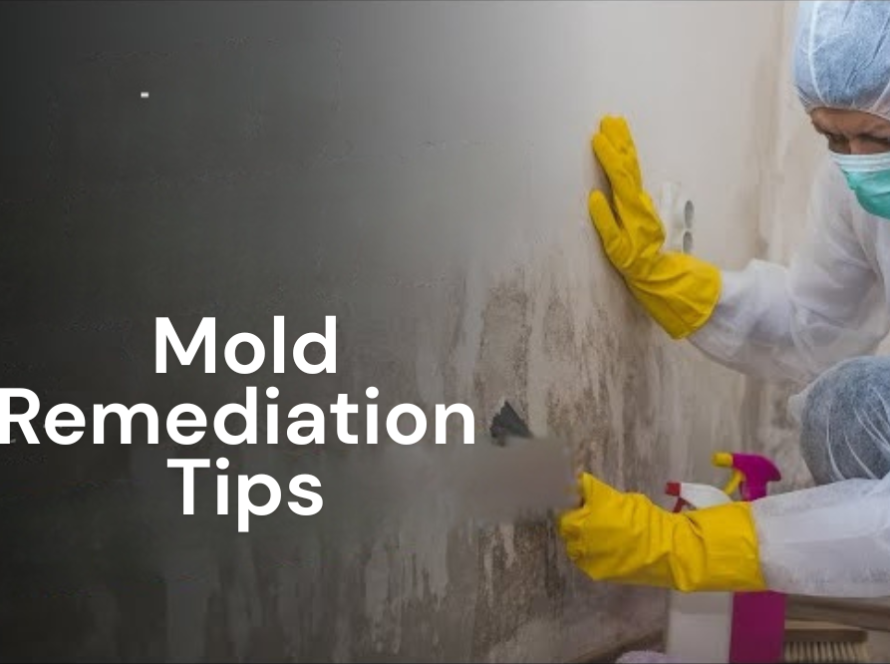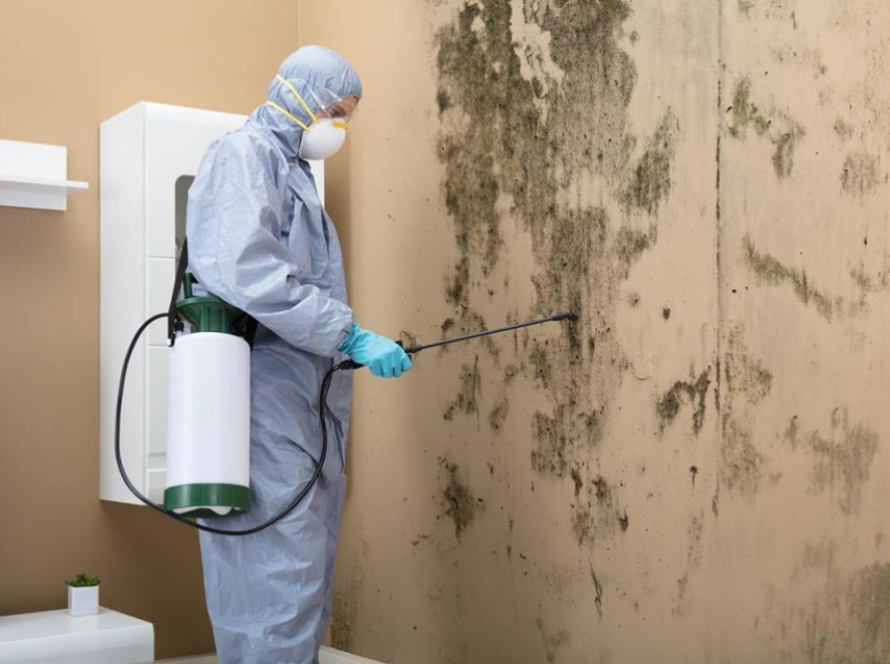Mold growth is a common problem in households, and it can cause severe health issues and property damage if left unaddressed. Using bleach to kill mold is an effective method that can help prevent further complications and maintain a mold-free environment in your home.
While there are alternative methods for mold removal, bleach is the most common and widely used chemical for its effectiveness in eliminating mold. Bleach can penetrate porous surfaces and kill mold at the root, making it a reliable solution for removing mold.
Key Takeaways
- Bleach is an effective method for mold removal.
- Bleach can penetrate porous surfaces and kill mold at the root.
- Using bleach for mold removal requires proper safety measures and ventilation.
- Alternative methods for mold removal exist, but bleach is the most widely used.
- Maintaining a mold-free environment is crucial for preventing health issues and property damage.
Dangers of Mold Growth in Homes
While mold spores are a natural part of our environment, they can cause serious issues when they grow indoors, especially when it comes to mold growth inside homes. Not only can mold damage your property, but it can also be a health hazard. Mold exposure can cause allergic reactions, respiratory problems, and even lead to infections in some cases.
Aside from compromising indoor air quality, mold growth can lead to unpleasant odors and unsightly stains. Moist environments such as bathrooms, kitchens, and basements provide the perfect conditions for mold growth. Moreover, it tends to spread quickly throughout the home, making it essential to address the problem as soon as it is detected.
According to the Centers for Disease Control and Prevention (CDC), individuals with pre-existing respiratory issues, such as asthma, are especially vulnerable to mold’s harmful effects. Therefore, timely mold removal is crucial to prevent further complications.
Property Damage
In addition to health concerns, mold growth can cause significant property damage. Mold can infiltrate and weaken the walls and floors of your home, causing structural damage that can be expensive to repair. It can also affect household items such as furniture, clothing, and electrical equipment. Some strains of mold can even eat away at organic materials like wood, causing serious structural damage.
Prevention is Key
Preventing mold growth is much easier than dealing with it once it has taken hold. To prevent mold growth, it is essential to keep your home clean and dry. Regularly inspecting damp areas such as bathrooms, kitchens, and basements can help prevent mold growth. Fixing leaks, improving ventilation, and using dehumidifiers can all contribute to creating a mold-free environment.
However, if mold growth has occurred, it is essential to take care of the issue immediately to prevent further complications. This is where understanding the effectiveness of mold removal with bleach comes in handy.
The Science Behind Bleach’s Effectiveness in Killing Mold
Bleach is a widely used cleaning solution that is known for its effectiveness in killing mold. But what makes bleach so potent against mold? Let’s take a closer look at the science behind bleach’s effectiveness in mold eradication.
The main active ingredient in bleach is sodium hypochlorite (NaClO), a powerful oxidizer that can break down the cellular structure of mold and prevent it from growing.
When bleach comes into contact with mold, the sodium hypochlorite reacts with the proteins and enzymes in the mold’s cells, causing them to break down. This disrupts the mold’s ability to metabolize and replicate, eventually killing it.
In addition, bleach’s high pH level makes it difficult for mold to grow in the areas where bleach has been applied. The alkaline environment created by bleach inhibits the growth of mold, making it an effective long-term solution for mold prevention.
It’s important to note that although bleach is effective at killing mold, it is not a foolproof solution. Bleach may be ineffective against certain types of mold, such as black mold, which require specialized treatments. Furthermore, bleach can be harmful to some surfaces and materials, so it’s crucial to exercise caution and follow safety guidelines when using bleach for mold removal.

The Science Behind Bleach vs Other Mold Removal Methods
While bleach is a popular and effective mold removal solution, it’s important to consider other mold removal methods that may be better suited to certain situations.
For instance, vinegar and hydrogen peroxide are natural cleaning agents that can be used to kill mold without the potential risks posed by bleach. However, these options may not be as effective as bleach in some cases, and may not be appropriate for use on certain types of surfaces.
Ultimately, the choice between different mold removal methods will depend on the specific situation and the type of mold that needs to be removed.
Preparing for Mold Removal Using Bleach
Before starting the mold removal process with bleach, it is important to take appropriate safety measures to avoid any health hazards. Bleach can be highly effective in killing mold, but it is also a powerful chemical that can cause damage if not used correctly.
Gather the Necessary Supplies
First, gather all the necessary supplies that you will need for the mold removal process, including:
- Protective gear such as gloves, goggles, and a face mask
- Bleach
- A scrub brush or sponge
- A bucket or container
- Water for diluting the bleach
- A fan or other means of ventilation
Prepare the Area
Next, prepare the area that needs mold removal. Take the following steps:
- Remove any furniture or household items from the room.
- Close any windows and doors to prevent the spread of mold spores.
- Cover any vents or air ducts with plastic sheeting to avoid contaminating your HVAC system.
- Place the fan near an open window or door to ensure adequate ventilation during the mold removal process.
| Do | Don’t | |
|---|---|---|
| Wear Protective Gear | Wear gloves, goggles, and a face mask to protect yourself from harmful chemicals and mold spores. | Don’t forget to wear protective gear, especially if you have a pre-existing condition such as asthma. |
| Ventilate the Area | Ensure adequate ventilation by opening windows and doors or using a fan. | Don’t forget to ventilate the area to avoid breathing in bleach fumes. |
| Use the Correct Dilution | Dilute bleach with water in the correct ratios to avoid harm to yourself and the surfaces you are cleaning. | Don’t use undiluted bleach, as it can damage surfaces and be harmful to humans and animals. |
Test the Bleach Solution
Finally, test the bleach solution on a small, inconspicuous area of the surface that you will be cleaning to ensure there is no adverse reaction with the surface material. Let it sit for a few minutes to determine its effectiveness.
By following these preparation steps, you can effectively and safely remove mold using bleach to create a clean and healthy living environment.
Applying Bleach to Kill Mold
When it comes to applying bleach to kill mold, it is important to follow the correct technique to ensure maximum effectiveness. Here are the steps you should take:
- Mix the bleach solution: Prepare a solution of 1 cup of bleach to 1 gallon of water.
- Protective measures: Be sure to wear gloves and protective goggles to avoid getting bleach on your skin and in your eyes. Open windows and doors to encourage ventilation during the process.
- Clean the surface: Before applying bleach, first clean the affected surface with soap and water. This ensures that any dirt or debris is removed, allowing the bleach solution to penetrate the mold more effectively.
- Apply the bleach solution: Using a spray bottle or cloth, apply the bleach solution to the affected area. Make sure to completely saturate the area and let the solution sit for at least 15 minutes.
- Rinse: After allowing the solution to sit, rinse the area with clean water to remove any remaining bleach. Use a clean cloth to dry the area.
It is important to note that while bleach is effective in killing mold, it can also damage certain surfaces and materials. Be sure to test the bleach solution on a small, inconspicuous area first to ensure it won’t cause discoloration or other damage. Additionally, avoid using bleach on porous surfaces, such as wood or drywall.
Safety Measures When Using Bleach for Mold Removal
While bleach is an effective method for mold removal, it can also pose health risks if not handled properly. It’s crucial to take safety measures when using bleach for mold eradication. Here are some essential precautions to keep in mind:
- Wear protective gear such as gloves, goggles, and a mask to avoid contact with bleach fumes and skin irritation.
- Do not mix bleach with other cleaning agents, as this can produce toxic gases.
- Ensure adequate ventilation in the areas where bleach is being used, as the fumes can be harmful if inhaled.
- Avoid using bleach on porous materials such as wood, drywall, and fabrics, as it can damage these surfaces and make mold growth worse.
- Store bleach in a cool, dry place away from direct sunlight and out of reach of children and pets.
By following these safety measures, you can effectively use bleach for mold removal without risking your health or damaging your home.
Best Practices for Mold Removal with Bleach
While using bleach to kill mold can be effective, there are some best practices to follow to ensure optimal results and safety.
1. Start with a thorough cleaning
Before applying bleach, it’s essential to clean the affected area thoroughly. Use a vacuum with a HEPA filter to remove any loose mold spores, then scrub the surface with soap and water. This pre-cleaning step will help ensure the bleach can penetrate the mold and kill it more effectively.
2. Wear protective gear
When applying bleach, be sure to wear protective clothing, gloves, and a face mask to avoid contact with the skin or inhalation of fumes. Open windows and use ventilation fans to maintain adequate air circulation.
3. Use the right concentration of bleach
For mold removal, it’s recommended to use a solution of one cup of bleach per gallon of water. Using a higher concentration can damage the surfaces and may not kill the mold more effectively.
4. Let the bleach solution sit
Once you’ve applied the bleach solution to the affected area, let it sit for at least 15 minutes to allow it to penetrate the mold and kill it. Avoid wiping or rinsing the solution off immediately, as it needs time to work.
5. Rinse thoroughly
After the bleach solution has sat for at least 15 minutes, rinse the area thoroughly with water and dry it with a clean towel or allow it to air dry. Proper rinsing helps remove any remaining bleach residue, which can be harmful if left behind.

6. Prevent future mold growth
Finally, it’s essential to take steps to prevent future mold growth. Keeping the home dry and well-ventilated can help prevent mold from growing. Fixing any leaks or water damage promptly and using a dehumidifier can also help prevent mold growth. Regularly cleaning and disinfecting surfaces prone to mold, such as bathrooms and kitchens, can also help prevent mold from taking hold.
Alternatives to Bleach for Mold Removal
While bleach is widely used as a mold-killing agent, some individuals may prefer alternatives due to concerns about its environmental impact or sensitivity to the chemical. Fortunately, several natural and eco-friendly alternatives to bleach can effectively remove mold.
One such alternative is vinegar. White vinegar is a natural acid that can effectively kill up to 82% of mold species. To use vinegar for mold removal, mix equal parts vinegar and water and apply the solution to affected areas using a sponge or spray bottle. Let the solution sit for up to an hour before wiping away with a damp cloth.
Baking soda is another effective natural alternative to bleach. It can effectively kill mold and prevent it from returning due to its ability to absorb moisture. To use baking soda for mold removal, mix it with water to create a paste and apply it to the affected area. Let the mixture sit for up to an hour before wiping it away with a damp cloth.
Tea tree oil is a powerful natural fungicide that can effectively kill mold spores without harsh chemicals. To use tea tree oil for mold removal, mix 1 teaspoon of the essential oil with 1 cup of water and spray the solution on affected areas. Let the mixture dry before wiping the surface down with a damp cloth.
Remember to wear protective gear when using any mold removal agent, including natural alternatives. Ensure proper ventilation during the process, especially when using vinegar or tea tree oil.
Conclusion
FAQ
Does bleach effectively kill mold?
Yes, bleach can effectively kill mold. Its high alkaline pH helps to disrupt the mold’s cellular structure, ultimately killing it. However, it is essential to follow proper safety measures and use bleach in the correct concentration for optimal results.
How do I use bleach to eliminate mold?
To use bleach for mold removal, mix one cup of bleach with one gallon of water. Apply the bleach solution to the affected area and let it sit for 15 minutes. Scrub the area with a brush to remove the mold, rinse with water, and allow it to dry. Remember to wear protective gear and ensure proper ventilation during the process.
What is the best way to use bleach for mold removal?
The best way to use bleach for mold removal is to mix it with water in a one-to-one ratio. Apply the solution to the moldy area and let it sit for 15 minutes. Scrub the area thoroughly to remove the mold, rinse with water, and dry the surface completely to prevent further mold growth.
Can I use bleach to kill mold on any surface?
While bleach can effectively kill mold on non-porous surfaces, such as tiles, glass, and bathtubs, it may not be as effective on porous surfaces like wood and drywall. In such cases, it is advisable to consult a professional mold remediation specialist for appropriate treatment.
Are there any safety measures I should take when using bleach for mold removal?
Yes, it is important to take safety measures when using bleach for mold removal. Be sure to wear gloves, goggles, and a mask to protect yourself from bleach fumes. Avoid mixing bleach with other cleaning agents, as it can produce toxic fumes. Additionally, ensure the area is well-ventilated by opening windows or using fans during the process.







